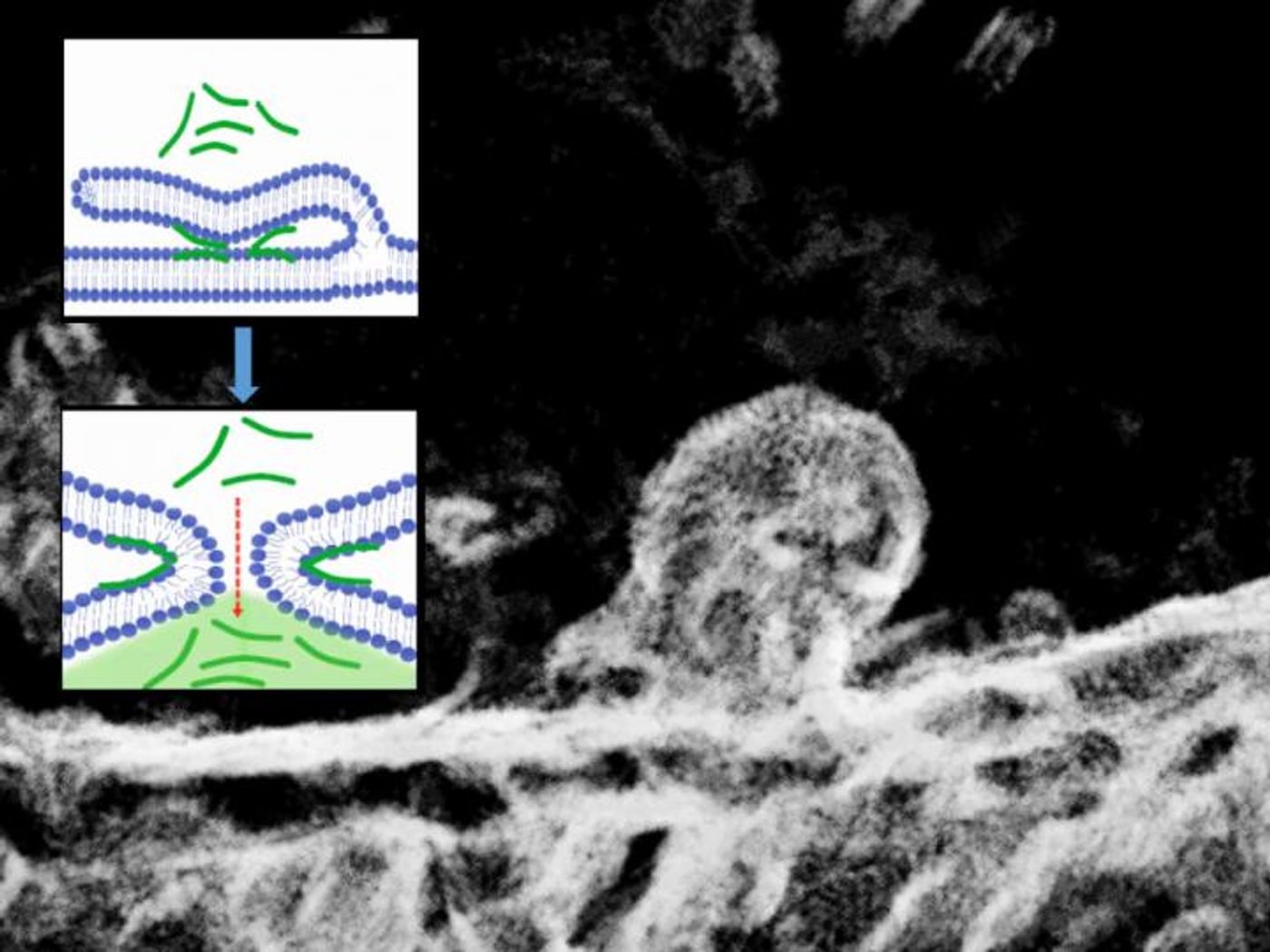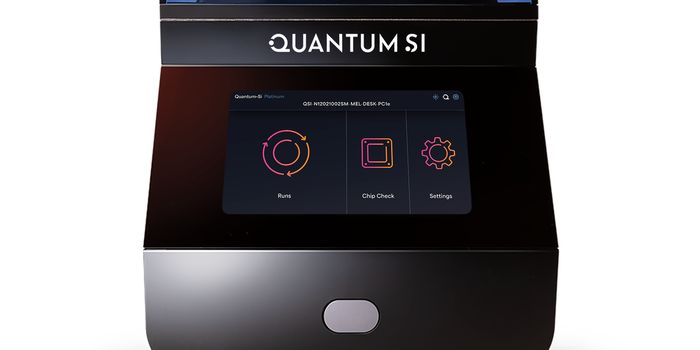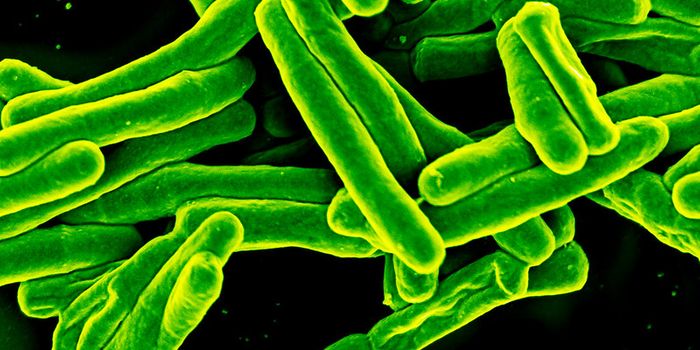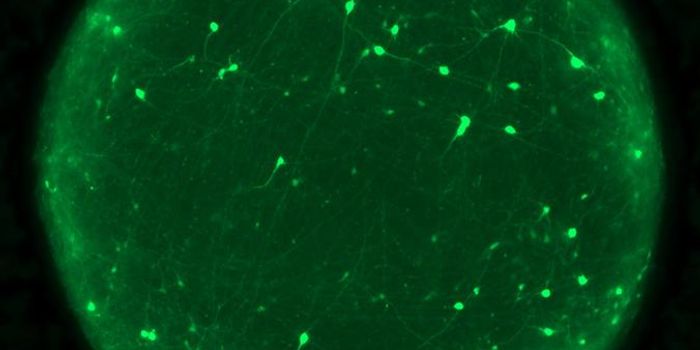The Mechanism of a Cell-penetrating Peptide is Revealed
Cells have a barrier around them, which carefully controls what can move across it. There a variety of different ways for things to traverse that cell membrane, and scientists have now discovered a new one. The findings may have significant implications for drug design - transporting therapeutics into cells is a major goal in pharmaceutical development. The study, led by Pavel Jungwirth from the Institute of Organic Chemistry and Biochemistry of the Czech Academy of Sciences (IOCB Prague), has been reported in the Proceedings of the National Academy of Sciences (PNAS).
A few decades ago, it was found that some short peptides (chains of amino acids) were able to get across the cell membrane. Researchers have used that finding in drug development, as a way to move therapeutics into the cell. However, not much is known about how that works.
Generally, getting stuff into the cells means relying on a process called vesicular transport, in which a vesicle can bud from the membrane and envelope a particle that’s then moved into the cell. If that particle happens to be a drug, it must then be able to get out of the vesicle; otherwise, it can interfere with drug efficacy.
In this work, researchers focused on peptides, to see how they were moving across the cell membrane. With a combination of tools, including electron microscopy, fluorescence, and computer modeling, the team revealed how positively-charged peptides can enter cells without using energy - passively. The peptides do not pass through the membrane - a lipid bilayer - directly. Instead, they use vesicles by stimulating a kind of membrane fusion. The researchers were able to visualize that process in action.
Membrane fusion is a well-known cellular mechanism. The name basically describes the process, in which two different lipid membranes come together to form one. Cell membrane bifurcation can be seen in the video above, while cell membrane fusion is illustrated in the following video.
"At this point, we can only speculate as to practical applications for the discovery," conceded Pavel Jungwirth. "If, however, this newly discovered mechanism proves sufficiently robust, in the future we could consider the possibility of passively transporting drug molecules into cells without having to free them from vesicles, which in this process simply don't form."
Jungwirth leads a team that focuses on studying the molecular mechanisms used by the cell, many of which are still not well-described. Understanding basic biology is essential if we are going to control the processes when they go awry, and therapeutics have to be applied.
Sources: AAAS/Eurekalert! via IOCB Prague, PNAS
-
MAY 07, 2024Is It Anti-RNP or Anti-Sm/RNP?
- See More
-
APR 30, 2024Immuno-Oncology Virtual Event Series 2024
-
MAY 07, 20243rd International Biosecurity Virtual Symposium
-
MAY 23, 2024For the Love of Digital PCR 2024
- See More


















































